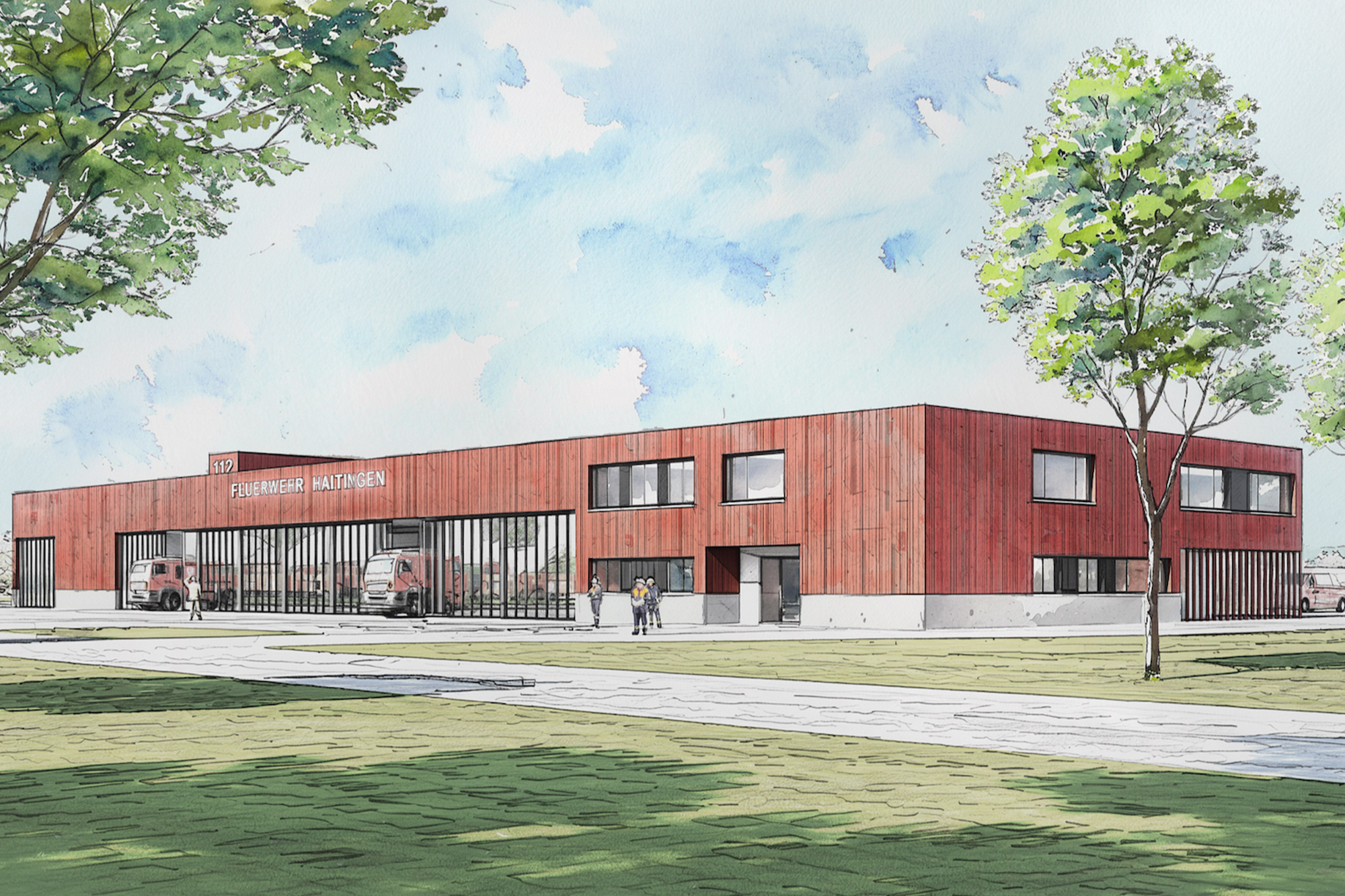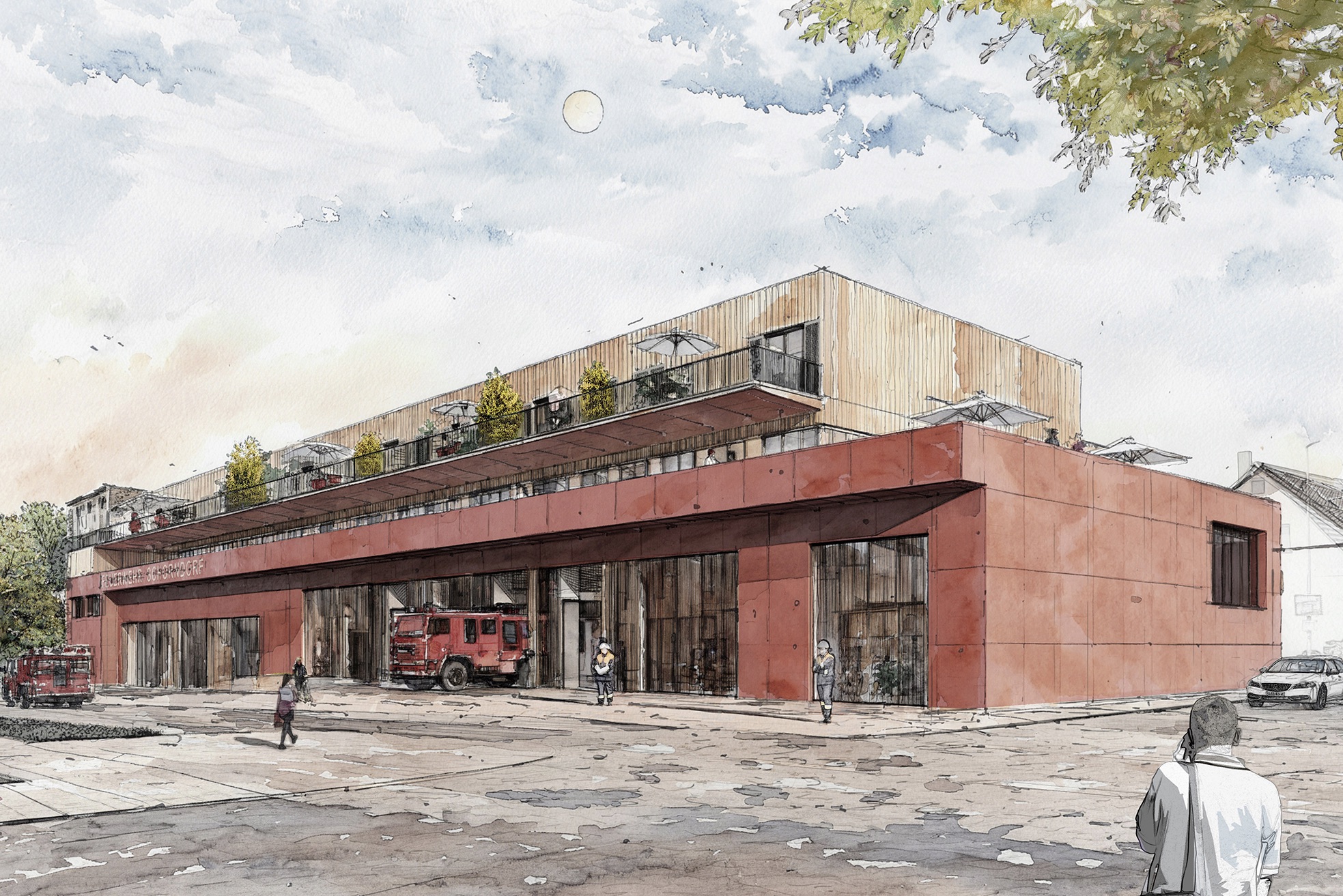

Schulstraße residential quarter in Gingen an der Fils. Sustainable development creates identity and connects its residents.
The winning concept for a residential development in the community of Gingen an der Fils impressed the jury with the high quality of living and the urban integration of the structures into their surroundings. With its sustainable buildings and open, connecting outdoor spaces, the neighborhood is intended to create diverse, forward-looking living space.
Project data
Both the chain house development along Schulstraße and the two proposed multi-family buildings will create interesting urban spaces that blend harmoniously into the surroundings in terms of grain.
<div class="author_component">
<div class="author_text-wrapper">
<div class="author_name">Urteil der Wettbewerbsjury</div>
<div class="author_position">Konzeptvergabe Wohnquartier Schulstraße</div>
</div>
</div>
Urban settlement
Five buildings are lined up along Schulstraße, each positioned offset from the others. The semi-detached houses, which are designed as terraced houses, thus form an excitingly interlocked building block. In addition, individual retreat areas are created for each party. With their size, cubature and roof shape, the bodies lean on the surrounding buildings. They pick up on the small-scale nature of the surroundings and continue to write the site in a context-sensitive manner. In the south of the building area, on the other hand, the development diffuses into the adjacent outdoor areas. A detached residential park development, consisting of two multi-family houses, breaks up the residential area towards the residential street.


Residential structures
The houses along Schulstraße are designed as row houses with real division. The first floor includes an open-plan living, cooking and dining area that faces and opens onto the garden. In total, each residential unit contains 160 square meters of living space.
In the apartment buildings there is a diverse range of apartments from 2- to 4-room apartments. All apartments are equipped with a generous outdoor area as a loggia. By staggering the building volumes, a four-carriageway is created that appears less bulky and provides each apartment with wide outdoor areas for lighting. Floor-to-ceiling glazing makes use of these areas and creates light-flooded living situations.
The flexible housing offer not only serves the needs of a single group of people, but can respond to the needs of the market and invites intergenerational living.


Open space design
Both apartment buildings in the southern part of the quarter are accessed via a common square. This forms the center of the neighborhood and invites people to meet and have an open exchange. It is a place for meeting and community.
The emerging neighborhood will be crisscrossed in its entirety by a network of footpaths and playgrounds to connect the people in the neighborhood. Green outdoor spaces will be created to create a positive microclimate in the neighborhood and prevent sealing. No cars or other commercial vehicles are to move within the neighborhood.











